Ask Dr Carmen Hijosa about pineapple leather, and she first needs to set you straight: “I would not call Piñatex a ‘pineapple leather’, as it does not come from an animal. As such, it is quite the opposite of what we know as leather. Piñatex is a new plant-based textile, made from the waste of the pineapple harvest, that can be used as an alternative to leather.”
Call it what you want, Hijosa’s innovation has green fashion labels and eco-aware consumers scrambling to get their hands on Piñatex. This overwhelming success is the result of years of research, built on decades of experience in fashion, and crowned with a late-in-life degree.
Hijosa retraces the path that led her to the finished product: “In the late ’90s – at the time I had a company in Ireland manufacturing leather goods – I was asked to go to the Philippines to update the leather fashion export markets. However, when I started to research the leather manufacturing processes and see the ecological consequences, I started to look at what the country had that may give me the opportunity to develop an alternative to leather.
“This is how I discovered pineapple fibres, which have been used traditionally in the making of the ‘Barong Tagalog’ [note: a beautifully embroidered shirt worn traditionally for special occasions]. Pineapple leaf fibres – being very fine, strong but flexible – seemed to be a good basis for developing an alternative to leather. This quest, from a thought to a new material, has taken me to the Royal College of Art in London to do R&D for 6 years through a PhD, which has culminated in Piñatex.”
From Pineapple To Purse (Or Shoe, Or Wallet, Or…)
So how do you turn an exotic fruit into a totally non-exotic looking, but extremely versatile textile? All raw materials used are waste products, so although mass pineapple production has increasingly come under scrutiny, no additional land, water or fertilisers are needed to produce the fibre, which according to Hijosa is “quite unique in the textile world, especially when we consider that pineapple is the second most popular fruit in the world, and without having to plant any extra, we have an abundant source of raw material to manufacture Piñatex.”
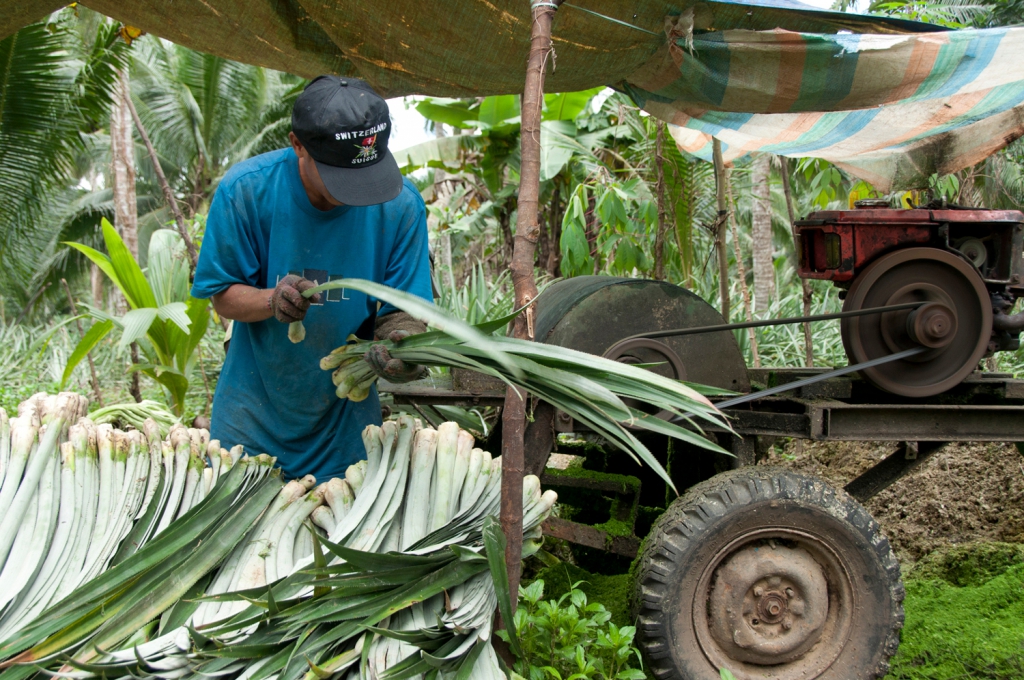
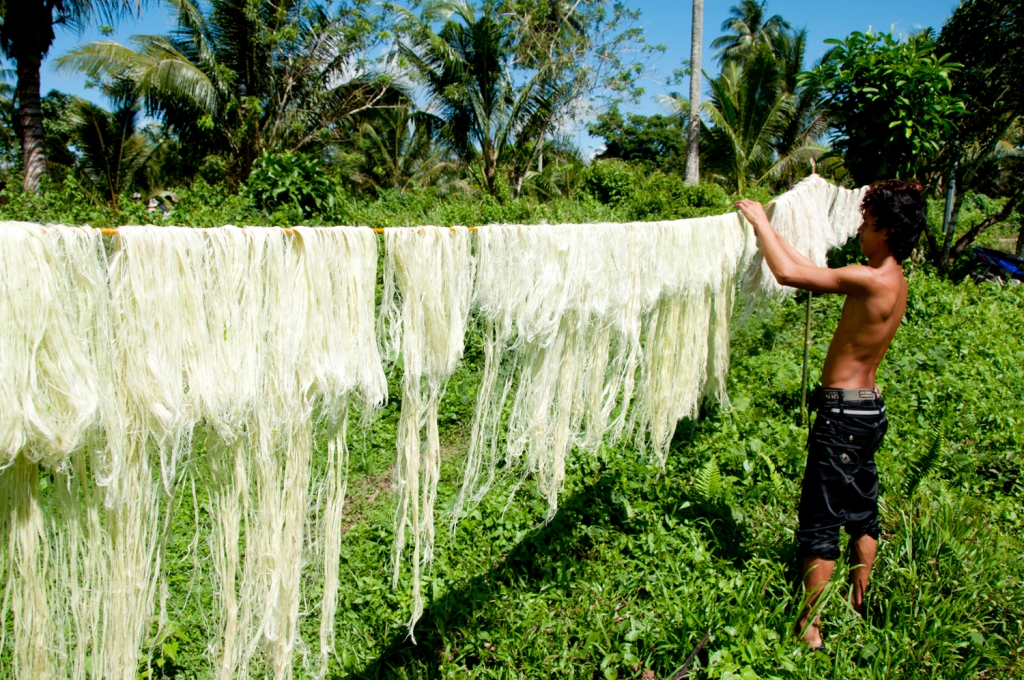
The leaves are separated into fibres and biomass (the latter is converted into fertiliser or bio fuel). Then the fibres are felted into a non-woven mesh by “forming a net of fibres united by mechanical, thermal and chemical processes” and given a protective coating. Hijosa is “currently working on a biodegradable formulation that will make Piñatex fully sustainable,” but by using “the least amount of chemical processes, hardly any water and the least amount of chemicals,” the ecological impact is already low compared to the production of pretty much any other other textile, but particularly animal leather.
A mere 16 pineapples yield enough fibres to make one square metre of Piñatex, which is a little cheaper than leather while also promising less wastage. Unlike animal leather, which is, well, animal-shaped, Piñatex is available on standard fabric rolls, many of which have already found their way to producers. Some are still experimenting, others have reached the prototype stage, and a small handful actually have finished products on offer.
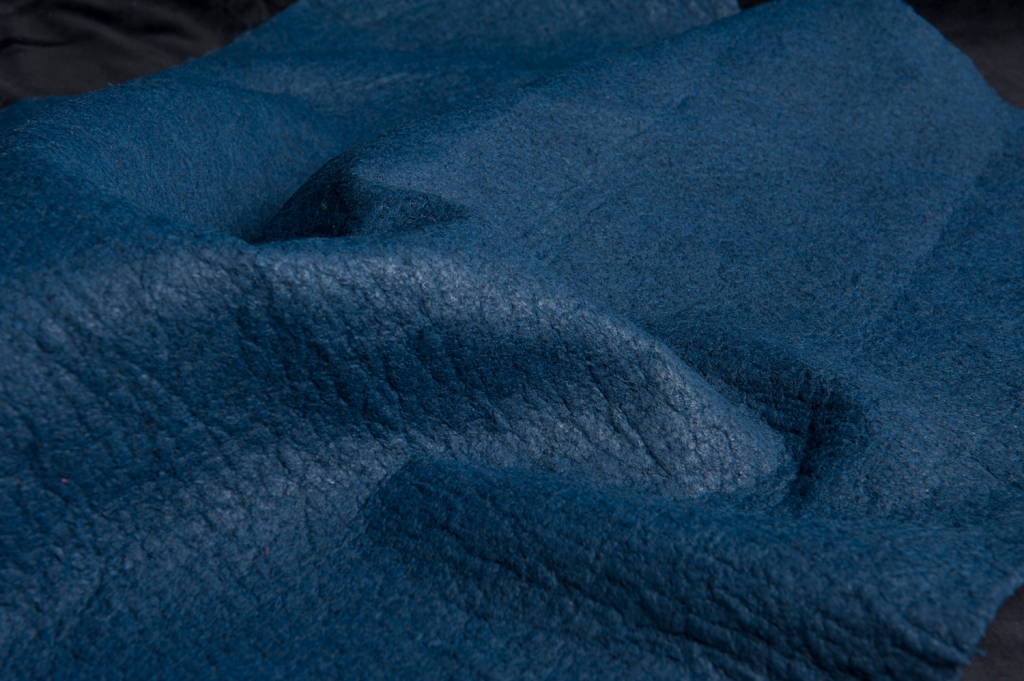
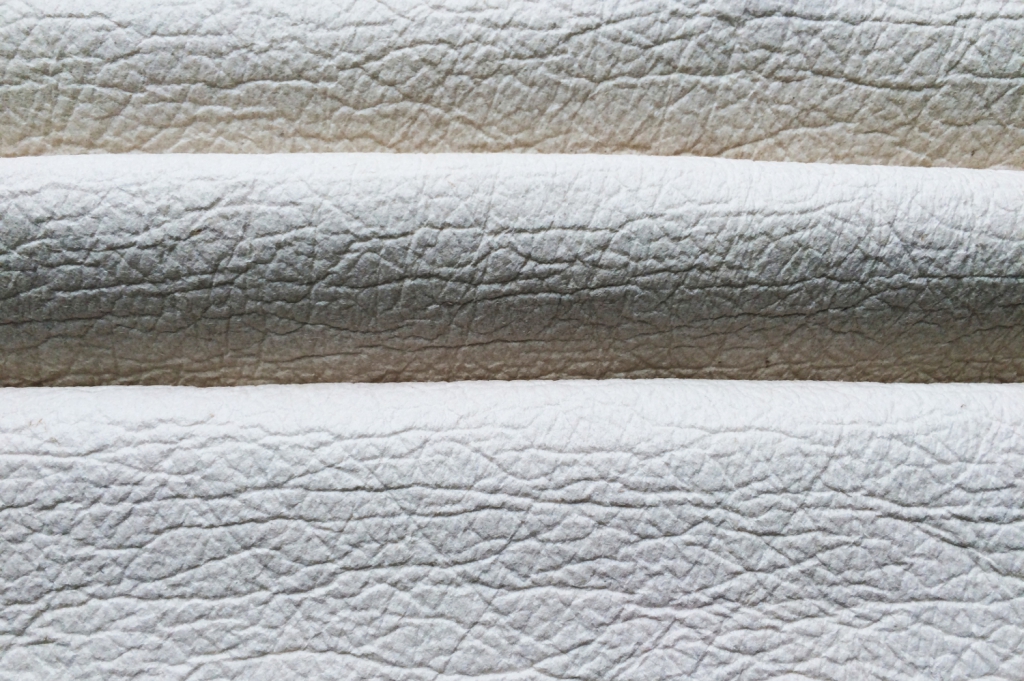
We Take A Test Drive
One of the first off the mark was ethical and ecological shoe brand Po-Zu, which has three Piñatex versions of its popular Ello flats available online. The second you take them out of the box, you have to agree with Carmen Hijosa. This is not leather. Piñatex is its own thing entirely, with a slightly crinkly look, matte finish and felted feel. The shoes are incredibly light – as light as a pineapple leaf, perhaps – and deliver on the promise of softness, pliability and breathability. They’re something to look forward to wearing, sans socks, all summer long.
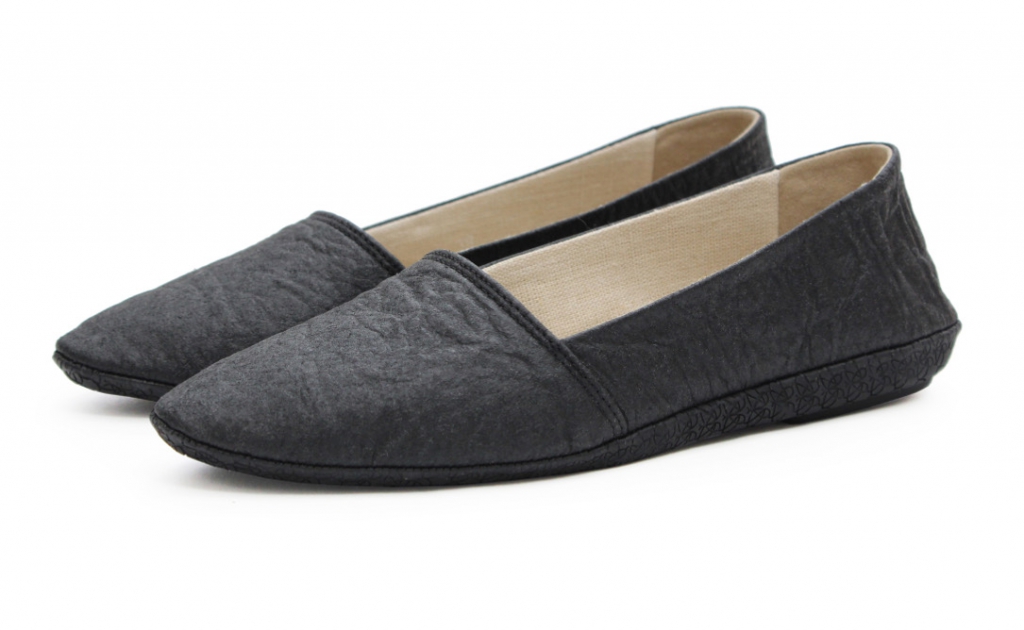
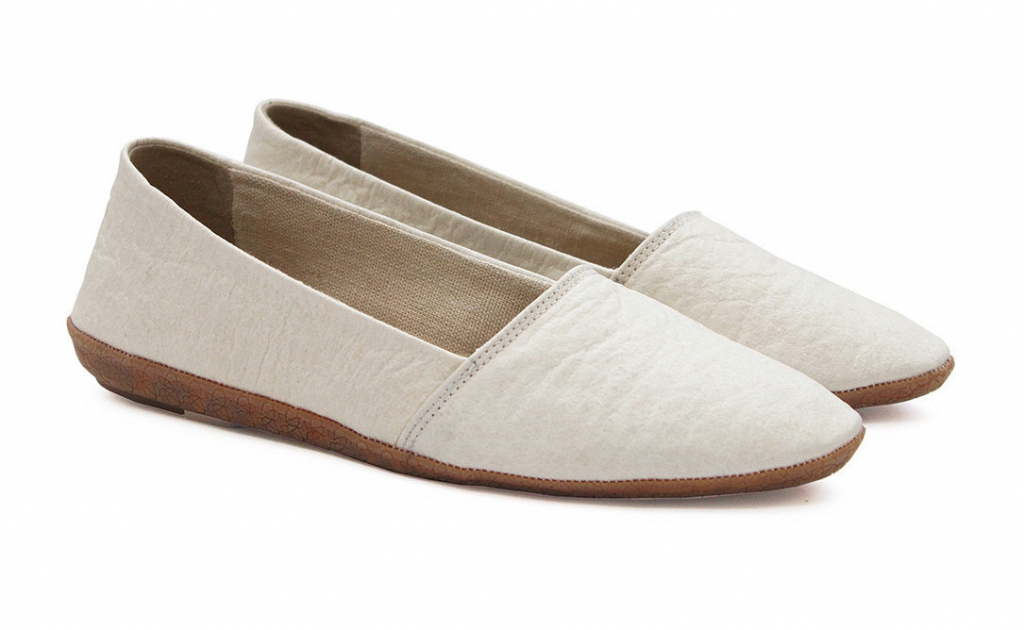
The sensation is probably best compared to wearing classic espadrilles, which the Ello’s shape resembles, only more comfortable (thanks to a coconut fibre foot-mattress) and, rather incredibly not just suitable for sunny days. Despite the felted feel, Piñatex is water-resistant – if not water-repellent – so the shoes will withstand a shower, and dirt can be wiped off with a moist cloth.
Fruitful Fashion For All
For those who live a cruelty-free lifestyle, this ingenious alternative to leather shoes (as well as bags, wallets and much more to come) is obviously a massive eye-opener, but there’s no reason omnivores shouldn’t be equally keen to incorporate Piñatex into their wardrobes.
In fact, Hijosa doesn’t necessarily consider animal welfare the most important aspect of her invention. To her, it’s the social aspect, “bringing employment and a new industry that can help the farming communities is really important,” she says. “We are developing a product based on a circular economy or cradle-to-cradle philosophy [which] is really what needs to happen to keep our world from collapsing. Piñatex represents a sustainable solution in the face of today’s dilemmas.”
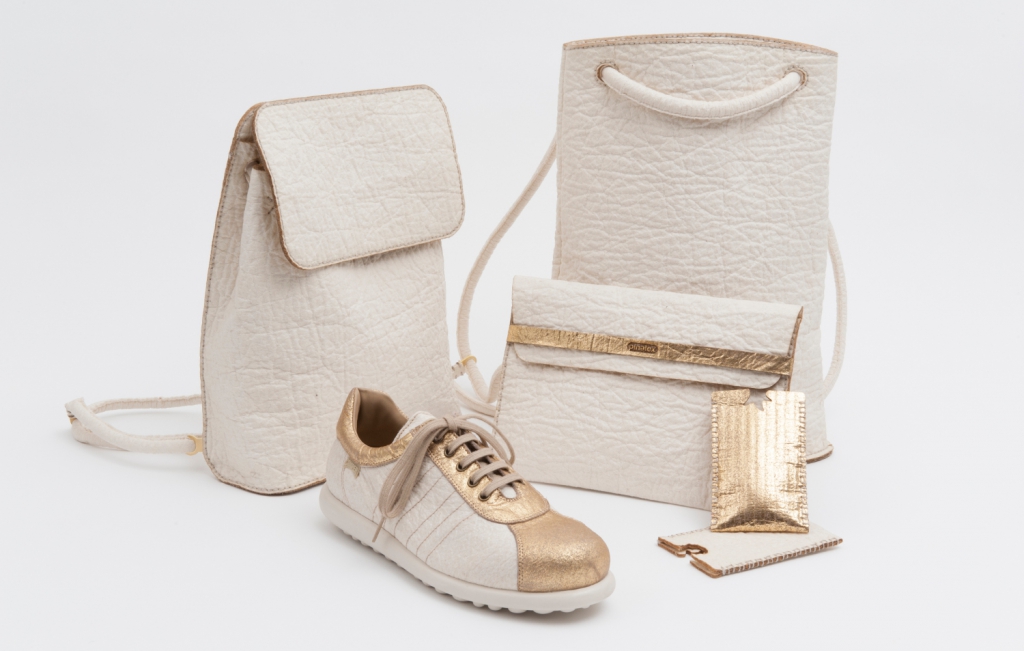
Whilst we couldn’t agree more, there’s one more added bonus to wearing Piñatex that we’ve discovered since wearing our new kicks. Telling people your shoes are made from pineapple is a great way to kick-start a conversation… go on, give it a try!
Article by Fiona Brutscher

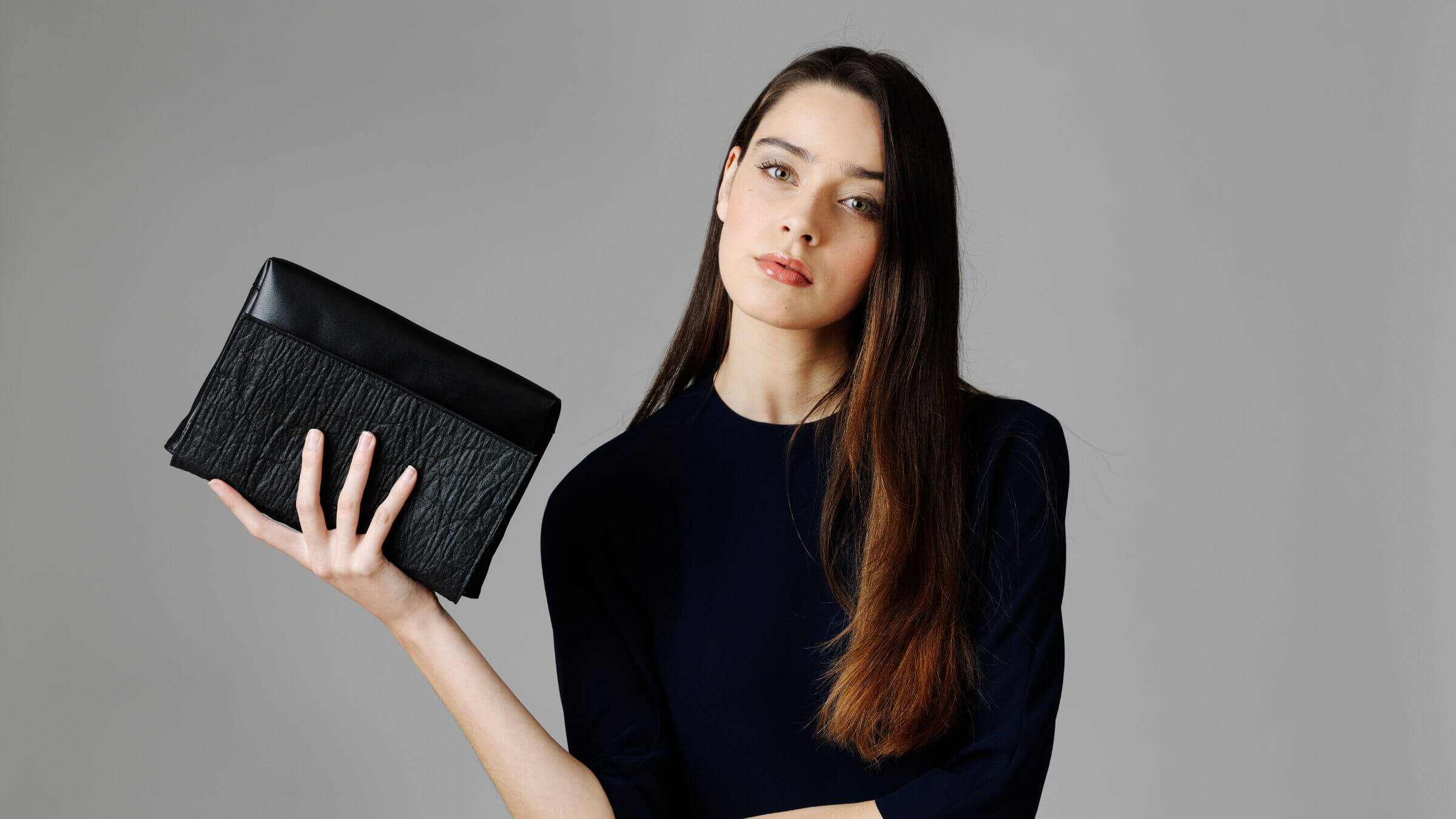
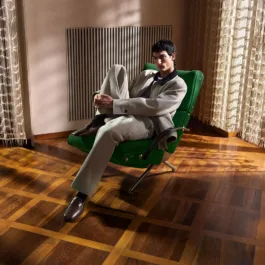
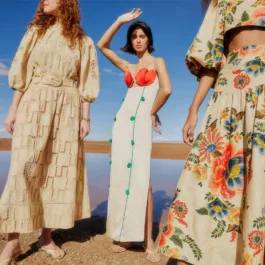
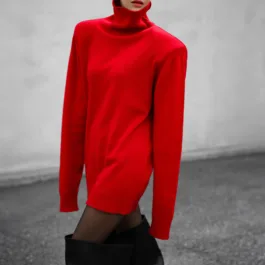
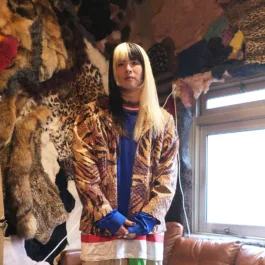
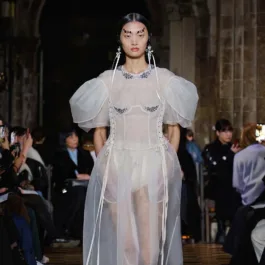

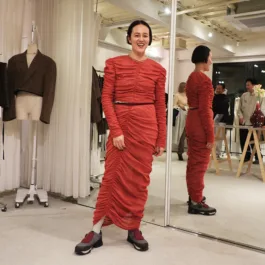
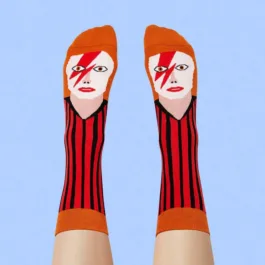
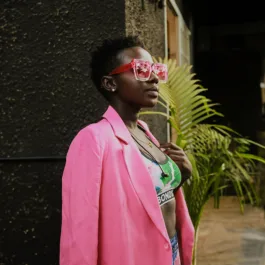
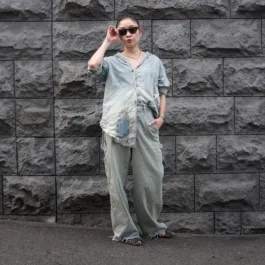
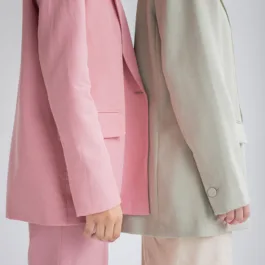

Sorry, the comment form is closed at this time.